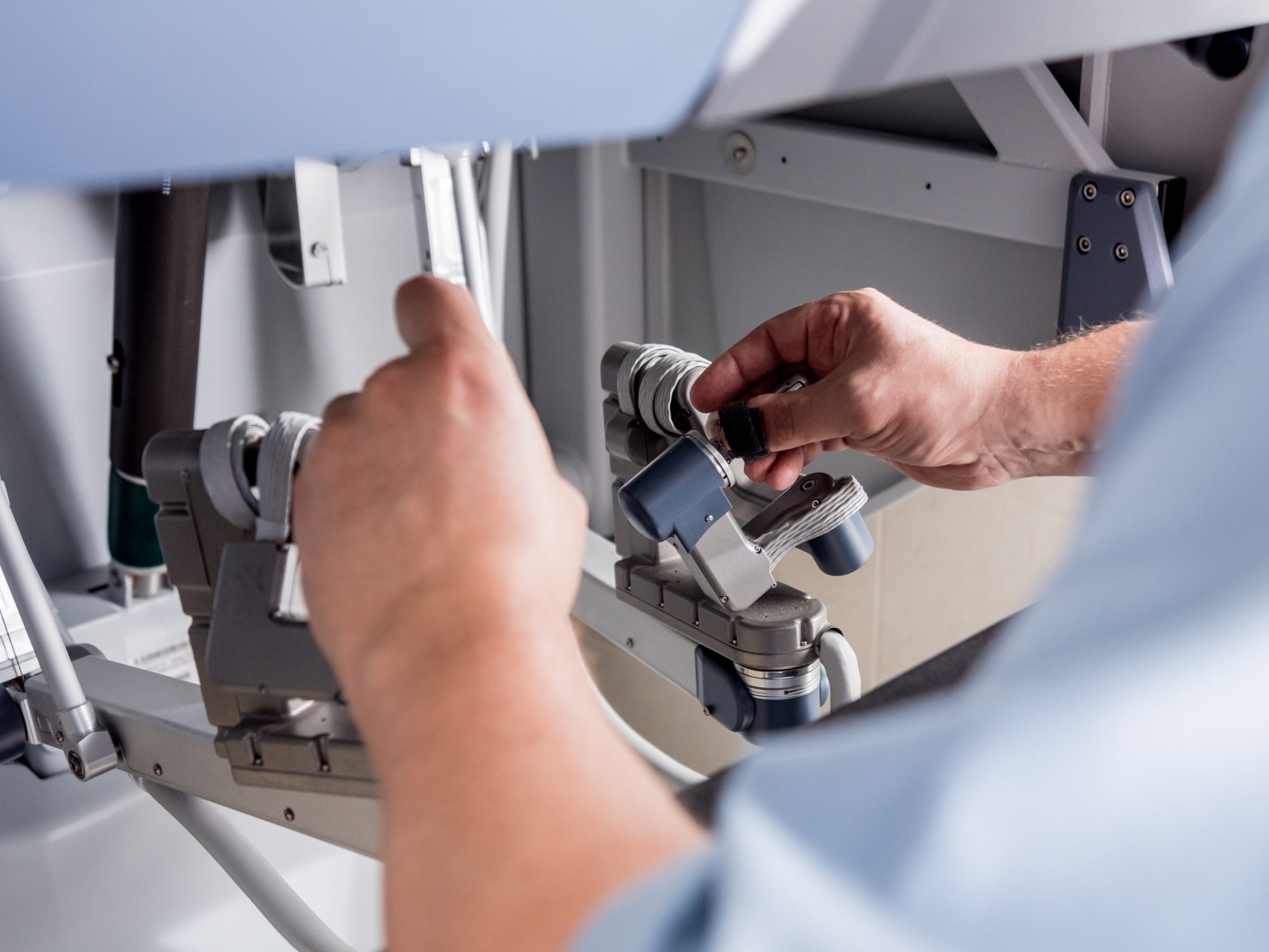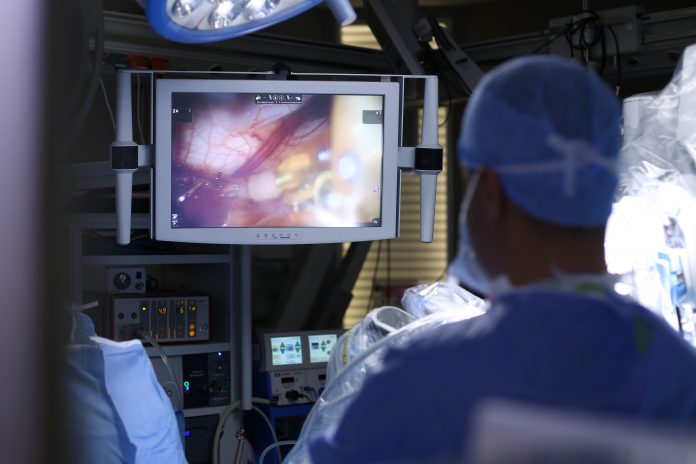Robot-assisted surgery cut hospital recovery time down by 20%, according to a clinical trial used to perform bladder cancer removal
Through a clinical trial, scientists at UCL and the University of Sheffield have discovered the extreme benefits to using robot-assisted surgery for a number of difficult procedures.
The study, published in JAMA and funded by The Urology Foundation found that by using robotic surgery, the chance of hospital readmission halved (reduced by 52%).
The team also discovered that a “striking” four-fold (77%) reduction could be seen in prevalence of blood clots (deep vein thrombus & pulmonary emboli) – a significant cause of health decline and morbidity – when compared to patients who had open surgery.
Robot-assisted surgery could someday mean removing surgeons from surgery
Although still in control, robot-assisted surgery allows surgeons to guide minimally invasive instruments remotely using a console and 3D view.
The team claim the finding show the strongest evidence so far for the benefits of robot-assisted surgery. With the procedure currently only available in a small number of UK hospitals, researchers are now urging National Institute of Clinical Excellence (NICE) to make it available as a clinical option across the UK for all major abdominal surgeries including colorectal, gastro-intestinal, and gynaecological.
Co-Chief Investigator, Professor John Kelly, Professor of Uro-Oncology at UCL’s Division of Surgery & Interventional Science and consultant surgeon at University College London Hospitals, said: “In this study we wanted to establish if robot-assisted surgery, when compared to open surgery, reduced time spent in hospital, reduced readmissions, and led to better levels of fitness and quality of life; on all counts this was shown.”
“An unexpected finding was the striking reduction in blood clots in patients receiving robotic surgery; this indicates a safe surgery with patients benefiting from far fewer complications, early mobilisation and a quicker return to normal life.”
Relieving NHS pressure when it comes to bed space
Co-Chief Investigator Professor James Catto, Professor of Urological Surgery at the Department of Oncology and Metabolism, University of Sheffield, said: “This is an important finding. Time in hospital is reduced and recovery is faster when using this advanced surgery.
“Ultimately, this will reduce bed pressures on the NHS and allow patients to return home more quickly. We see fewer complications from the improved mobility and less time spent in bed.”
“Previous trials of robotic surgery have focused on longer term outcomes. They have shown similar cancer cure rates and similar levels of long term recovery after surgery. None have looked at differences in the immediate days and weeks after surgery.”
Professor Kelly commented: “In light of the positive findings, the perception of open surgery as the gold standard for major surgeries is now being challenged for the first time[…] we hope that all eligible patients needing major abdominal operations can now be offered the option of having robotic surgery.”

Robot-assisted surgery vs. Open surgery found difference in recovery time
338 patients with non-metastatic bladder cancer across 9 UK hospitals were collated into two groups – 169 patients had robot-assisted radical cystectomy (bladder removal) with intracorporeal reconstruction (process of taking section of bowel to make new bladder), and 169 patients had the traditional open radical cystectomy.
The trial’s primary end-point was length of stay in hospital post-surgery.
On average, the robot-assisted group stayed eight days in hospital, compared to 10 days for the open surgery group – producing a 20% reduction. Re-admittance to hospital within 90 days of surgery was also significantly reduced – 21% for the robot-assisted group vs 32% for open.
A further 20 secondary outcomes were assessed at 90 days, six- and 12-months post-surgery. These included blood clot prevalence, wound complications, quality of life, disability, stamina, activity levels, and survival (morbidity). Patients’ physical activity – assessed by daily steps tracked on a wearable smart sensor – stamina and quality of life also increased. The trial showed that all secondary outcomes were improved by robot-assisted surgery or, if not improved, almost equal to open surgery.
This study, and previous studies, show both robot-assisted and open surgery are equally as effective in regards cancer recurrence and length of survival.











